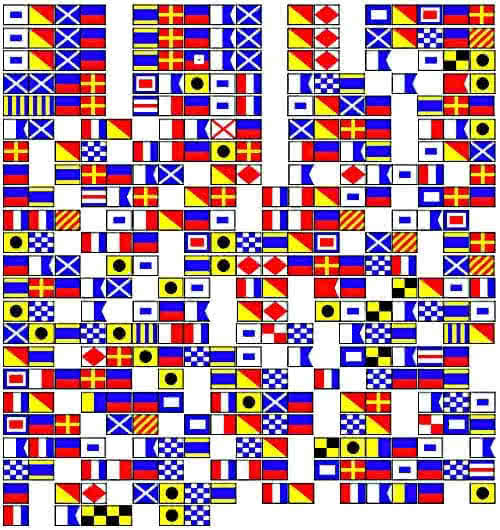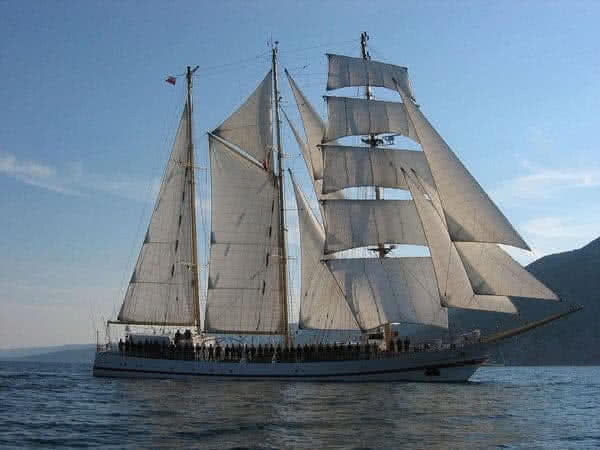 any moons ago… the internet was booming in Vietnam (let me recall it was only in the 2000 years that the Internet gradually became more popular in here, quite late compared to other countries). I’ve just finished college and started a career in software engineering back then. A whole new world, an immense pool of knowledge to be learnt.
any moons ago… the internet was booming in Vietnam (let me recall it was only in the 2000 years that the Internet gradually became more popular in here, quite late compared to other countries). I’ve just finished college and started a career in software engineering back then. A whole new world, an immense pool of knowledge to be learnt.
Subscribed to lots of news agencies, a ton of discussing groups, various programming and technical forums… before becoming overwhelmed by the amount of information available. Soon, I’d learned to filter out the not – too – good sources, first by ignoring the social, viral websites. There’s really very little salt of truth conveyed by them, the mass media.
Next come RSS, the news feed, which allows me to follow only the very selective persons, topics. My list now contains many hundreds of talented programmers, computer scientists… around the world. While admiring their thinking in many ways, I usually find it cumbersome to browse the huge piles of information to figure out what’s really useful to me.
My thirst for knowledge spans across many domains, so my RSS list has become exceptionally long. Just for examples, my list for boat building contains more than 600 sources, or my list for typewriter exceeds 100… Yes, I love those mechanical typewriters and their fonts. And I have many other technical interests that you probably wouldn’t think of! 😀
Normally, I would read about 70 ~ 90 new posts every day, that helped developing my quick reading ability. In a sense, I “consume” a huge daily doze of information, and my thirst has not been satisfied yet (or it would ever be), and I find it not too troublesome to continue on that way. But then come a time, I realized the needs to see the things differently.
We are all “producers” and “consumers” in one way or another, even in the particular area of “Information”. Why do we have to consume that much, why don’t just concentrate on things that really matter for our life!? And furthermore, why don’t we transform ourselves from the role of “consumer” into “producer”, producing some very little fine of it!?
Lots of thinking suddenly sparked in my mind, just by the strikingly simple saying quoted on the left: set your course by the stars, not by the lights of every passing ships
! Even though they’re giant and luxurious ocean liners (like the Titanic), and you’re only on your tiny bamboo draft, but hey, it’s your life, your ship, your journey and your own course, isn’t it!?
 yself in a dinghy at speed… It was skulled from the stern with a paddle. A ever useful garden hose was put around the gunwale to act as fender. I could take two passengers in calm weather if no one breathed. The two passengers were too scared to breath.
yself in a dinghy at speed… It was skulled from the stern with a paddle. A ever useful garden hose was put around the gunwale to act as fender. I could take two passengers in calm weather if no one breathed. The two passengers were too scared to breath. rong hình: tôi đang chèo chiếc xuồng nhỏ, với một mái chèo sau đuôi. Một đoạn ống nước nhựa nhỏ, loại dùng để tưới vườn, bọc quanh bảo vệ thuyền! Tôi có thể chở thêm 2 hành khách nữa, nếu trời êm, và nếu không ai thở! Hai hành khách của tôi quá sợ để thở!
rong hình: tôi đang chèo chiếc xuồng nhỏ, với một mái chèo sau đuôi. Một đoạn ống nước nhựa nhỏ, loại dùng để tưới vườn, bọc quanh bảo vệ thuyền! Tôi có thể chở thêm 2 hành khách nữa, nếu trời êm, và nếu không ai thở! Hai hành khách của tôi quá sợ để thở!
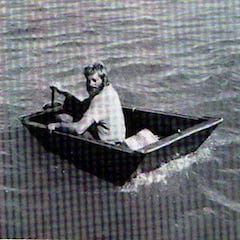
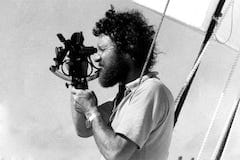
 arry King:
arry King: 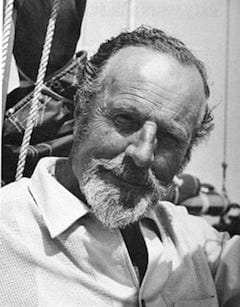
 found my pulse beating with suppressed excitement as I threw the mooring buoy overboard. It seemed as if that simple action had severed my connection with the life on shore; that I had thereby cut adrift the ties of convention. The unrealities and illusions of cities and crowds; that I was free now, free to go where I chose, to do and to live and to conquer as I liked, to play the game wherein a man’s qualities count for more than his appearance.
found my pulse beating with suppressed excitement as I threw the mooring buoy overboard. It seemed as if that simple action had severed my connection with the life on shore; that I had thereby cut adrift the ties of convention. The unrealities and illusions of cities and crowds; that I was free now, free to go where I chose, to do and to live and to conquer as I liked, to play the game wherein a man’s qualities count for more than his appearance.

 urther updates for
urther updates for 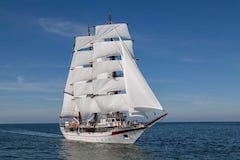
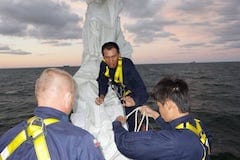
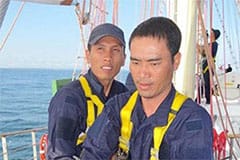
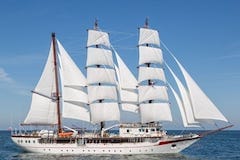
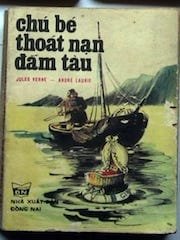
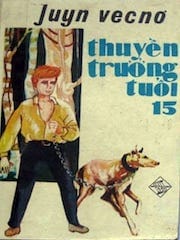
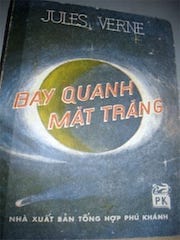
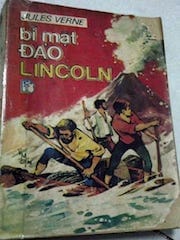
 n update to
n update to 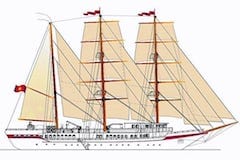
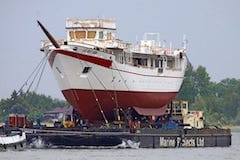
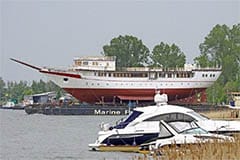
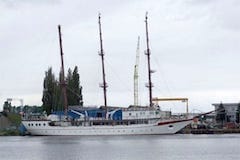
 hen you complete some deed with very good results, they would say: you’d done it with flying colors, an archaic term originated from the age – of – sail, the maritime tradition of a ship (returning to its home port) flying its colors (flags) to signal that a mission had been accomplished. In contrast, strike the colors is an act of surrender, of giving up. Another term: to nail the colors (to the mast) means: to fight to the bitter end and giving up is not an option, cause flags that have been nailed to the mast can not be stricken (lowered), intentionally or accidentally during a naval battle.
hen you complete some deed with very good results, they would say: you’d done it with flying colors, an archaic term originated from the age – of – sail, the maritime tradition of a ship (returning to its home port) flying its colors (flags) to signal that a mission had been accomplished. In contrast, strike the colors is an act of surrender, of giving up. Another term: to nail the colors (to the mast) means: to fight to the bitter end and giving up is not an option, cause flags that have been nailed to the mast can not be stricken (lowered), intentionally or accidentally during a naval battle.